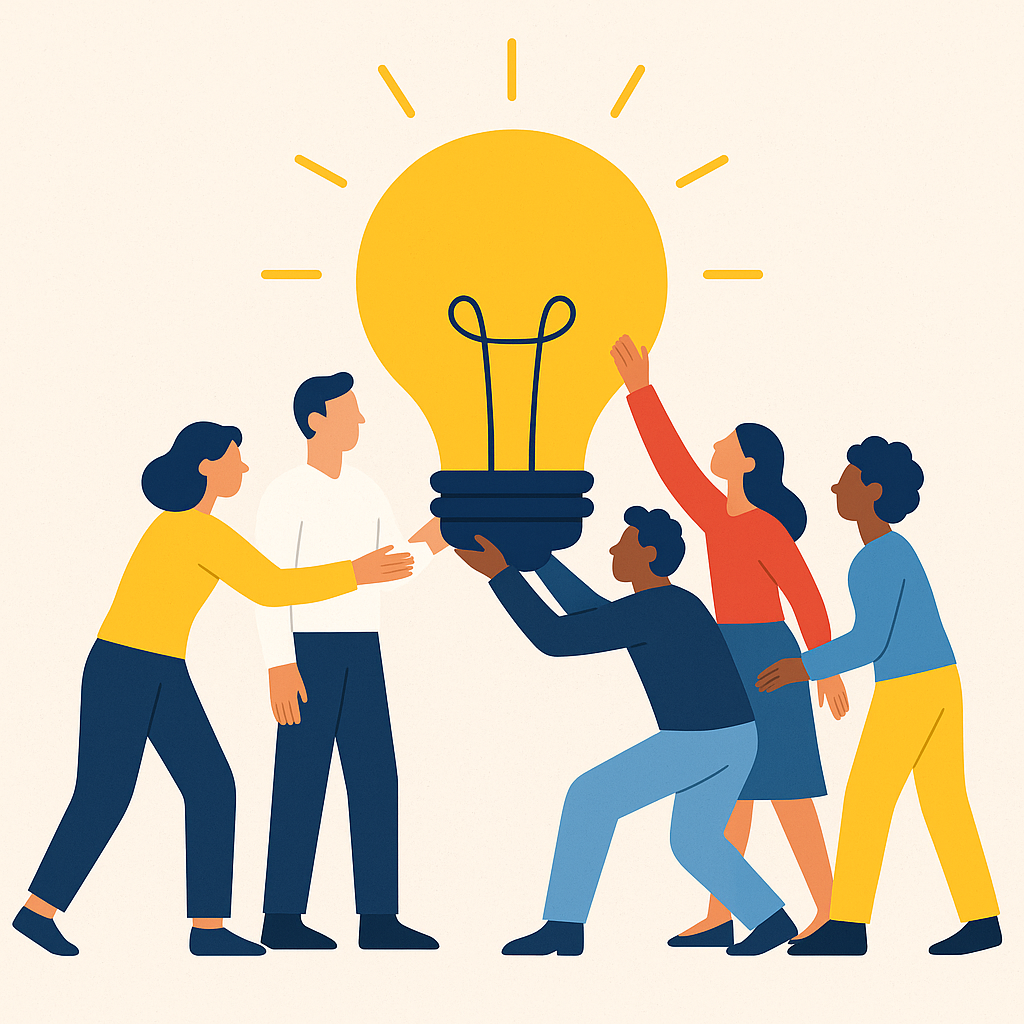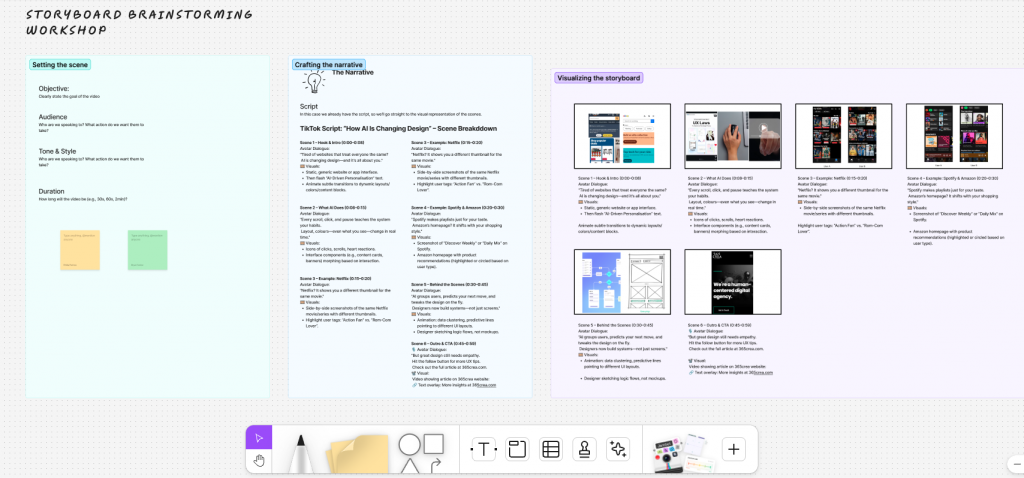Ideas Don’t Win Alone — How Collaborative Design Shapes Better Products
Great Ideas Need Company
Some of the most brilliant UX concepts don’t fail because they’re wrong—they fail because they’re isolated.

Design doesn’t win by being right. It wins by being understood, challenged, and built by many. Collaborative design isn’t just a process; it’s how good ideas survive the friction of real-world use, cross-team constraints, and shifting expectations. In high-performing teams, collaboration is not treated as an extra step. It’s baked into every phase—well before the design even begins.
Why Ideas Grow Better Together
Even the most promising interface falls flat if key voices are left out. Collaborative design prevents blind spots that surface too late.
Here’s how it pays off:
- Stakeholders stay aligned from the start: product owners, developers, customer service, marketing, and more
- Expectations are clarified across departments—before development begins
- Rework and backtracking are minimized through early input
- Resources are optimized by designing only what’s validated
- Trust builds across functions, improving rollout and adoption
When collaboration is prioritized, projects move smoother—not slower.
Collaboration by Process, Not Chance
Teams that embed collaboration into their design process see stronger results and fewer blockers. Common methods include:
- Discovery and Research Sessions
Stakeholders are invited to examine user data, business goals, and technical constraints together—before any screens are created. - Figma Brainstorming Canvases
Shared whiteboards become a central space for exploring directions, voting on features, and grouping ideas—especially useful in remote teams. - Rapid Testing and Iteration
Teams test prototypes with users early to prevent misaligned expectations. - Design Thinking Workshops
Framed around “How Might We…” scenarios, teams co-define problems clearly before building. - Asynchronous Feedback Loops
Tools like Figma comments, Slack threads, and Notion help keep everyone aligned, even when timelines or locations differ.

These techniques foster co-creation without slowing down progress.
Examples from the Field: What Collaboration Looks Like in Action
E-Government Platform
Before any mockups were shared, a cross-functional workshop brought together civil servants, developers, and public users. It exposed key gaps between how help was searched for and how services were structured—leading to a more intuitive site experience.
Retail Platform Redesign
During a complete overhaul, input from logistics coordinators and sales managers was gathered during prototyping. Their insights shaped how product availability and delivery windows were displayed, leading to fewer cart abandonments.
NGO Analytics Dashboard
A data reporting tool was redesigned with feedback from finance, outreach, and tech teams. Early usability testing with this group revealed which metrics needed clearer context, helping reduce donor support inquiries significantly after launch.
Why Collaborative Design Still Feels Underused
Despite its value, collaborative design is often viewed as messy—more people, more opinions, more meetings. But skipping it doesn’t eliminate complexity. It just delays it.
By treating collaboration as a strategic layer—not a bottleneck—teams avoid surprises, reduce rebuilds, and create products people trust.
Ideas Are Sharpened in Conversation
Successful design isn’t just what’s crafted on canvas—it’s the alignment that happens before and around it. When conversation is part of the design process, ideas are shaped into outcomes that actually work. Because design, at its best, isn’t a solo act.
It’s the result of listening early, sharing often, and building together.

13 comments
buy androxal online germany
August 16, 2025 at 4:39 pmhow to buy androxal no prescription online
cheapest buy androxal generic mastercard
how to buy enclomiphene purchase in canada
August 16, 2025 at 4:40 pmhow to buy enclomiphene canada cost
order enclomiphene american express canada
how to order rifaximin purchase from canada
August 17, 2025 at 1:40 amrifaximin australia cost
No r x needed for purchasing rifaximin
buy xifaxan canada online order
August 17, 2025 at 1:40 ampurchase xifaxan us overnight delivery
online order xifaxan canada cost
how to get womens staxyn and how much is it
August 17, 2025 at 3:07 amordering staxyn generic best price
buy staxyn ireland over the counter
get avodart generic usa
August 17, 2025 at 3:08 ampurchase avodart non prescription online
how to order avodart usa pharmacy
dutasteride and weight gain
August 17, 2025 at 4:25 ambuying dutasteride uk london
purchase dutasteride to canada
buy cheap flexeril cyclobenzaprine cheap canada pharmacy
August 17, 2025 at 4:25 amflexeril cyclobenzaprine delivered overnight
how to order flexeril cyclobenzaprine price usa
get gabapentin cost per tablet
August 17, 2025 at 5:27 amhow to buy gabapentin buy in london
cheap gabapentin generic pharmacy online
get fildena generic ireland
August 17, 2025 at 5:28 amget fildena price london
purchase fildena american pharmacy
buy itraconazole australia online generic
August 17, 2025 at 6:22 amcheapest buy itraconazole real price
online order itraconazole generic drug
koupit kamagra v chicagu
August 17, 2025 at 6:25 amlevné kamagra bez lékařského předpisu další den doručení
generique kamagra
achat canadien kamagra
August 17, 2025 at 7:08 ammedicament kamagra pharmacie gratuit pilules
comprar kamagra en sexe naturel
Comments are closed.